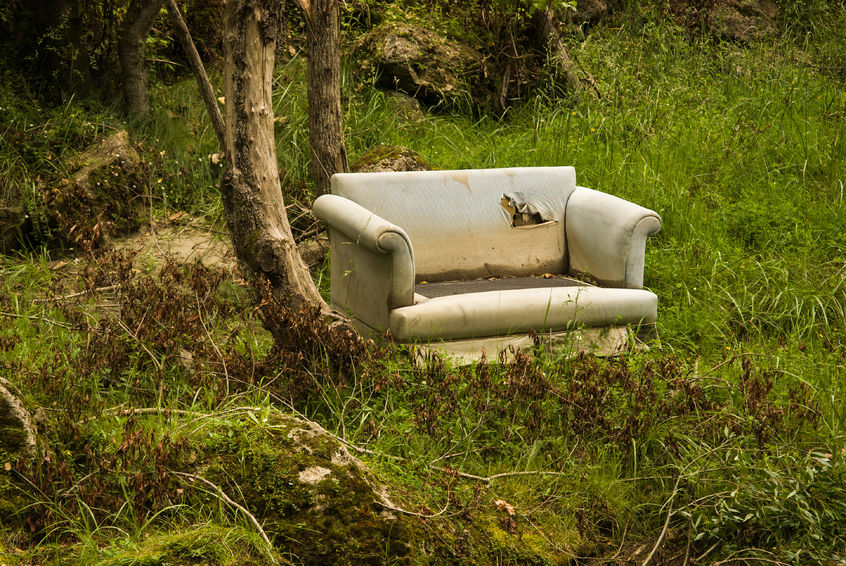
England's entire landscape will be mapped by 2020 using aircraft equipped with laser scanners, according to the Environment Agency.
The move is hoped to asses the flood risk on farmland, inform conservation work and fight rural waste crime.
Using aircraft equipped with laser scanners, the Environment Agency will map all 130,000 km2 of the country, including rivers, farmland and national parks – equivalent to 32 million football pitches.
As well as being used to understand flood risk, the data will also be made available for free to the public and industry to be used by archaeologists, environmental and urban planners, and even farmers and gamers to make accurate 3D models of the landscape.
Currently about 75 per cent of the country is mapped but with only sporadic coverage of upland areas.
The new project, beginning over winter, will cover all of England’s national parks, areas of outstanding natural beauty (AONBs) and sites of special scientific interest (SSSIs) such as the Peak District and the Yorkshire Dales.
'Ambitious project'
Sir James Bevan, Chief Executive of the Environment Agency, said the "ambitious project" will enhance understanding of England’s unique natural features and landscape.
He said it will help the government to better understand flood risk, plan effective defences and fight waste crime.
"I’m pleased we are able to gather, use and share such valuable data to contribute to environmental improvements and conservation. It’s just one of the many ways the Environment Agency is using technology to help people and wildlife," Sir Bevan explained.
The Environment Agency has been using lidar – light detection and ranging – technology for 20 years to better understand flood risk.
Maps are created by aircraft equipped with laser scanners, which measure the distance between the aeroplane and the ground.
The data collected can then be used to plan flood defences across whole river catchments.
Waste crime
The data will also help environment officers spot sudden changes in the landscape that could indicate illegal waste dumping.
In 2014, eight people in Cornwall were fined for dumping 4,500m3 of waste, which was discovered using lidar data.
On New Year's Day 2017, rural organisation the CLA asked councils across the UK to make a collective resolution to continue the zero-tolerance approach to fly-tipping far beyond the festivities.
But a year on, farmers and landowners have complained about the lack of government action in combating waste crime.
In July 2017, a landowner was left with a bill potentially running over £100,000 after travellers left more than 250 tonnes of rubbish on a field.
The new data is hoped will combat what the National Farmers' Union calls a "fundamental problem" in rural areas.
Tree cover
Other organisations across the Defra group also use the data to help improve the environment – Natural England uses it to assess wildlife habitat and Forestry Commission use it to understand more about the country’s tree cover.
In 2015, the Environment Agency made 11 terabytes of lidar data – equivalent to 3 million MP3 songs – available for free to the public as open data.
Since then, the data has been downloaded more than 500,000 times. The new data will also be better quality than before, as the Environment Agency will map the whole country at 1m resolution by 2020.T
This means using the most up-to-date laser technology to reveal the features and details of the terrain more clearly.
